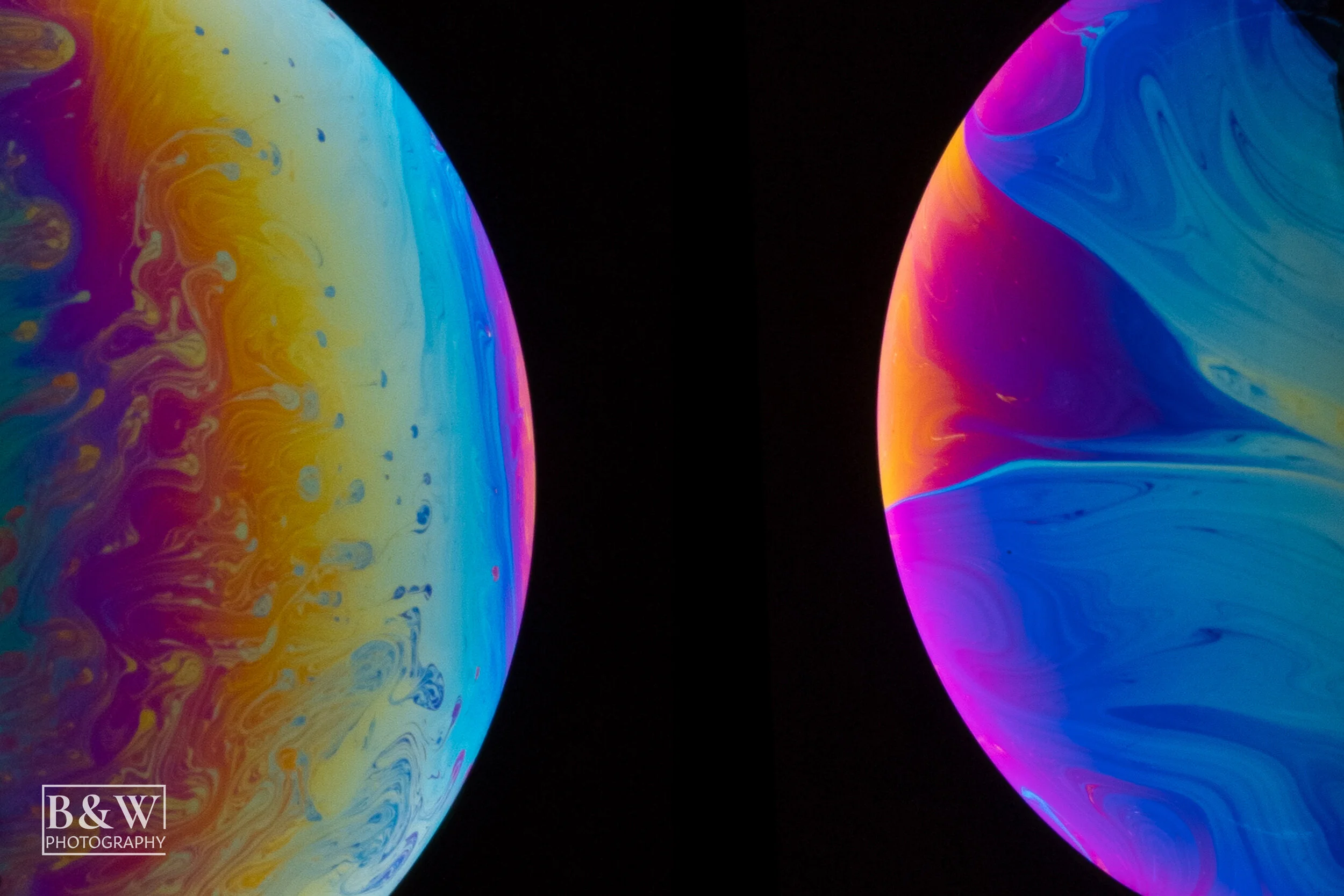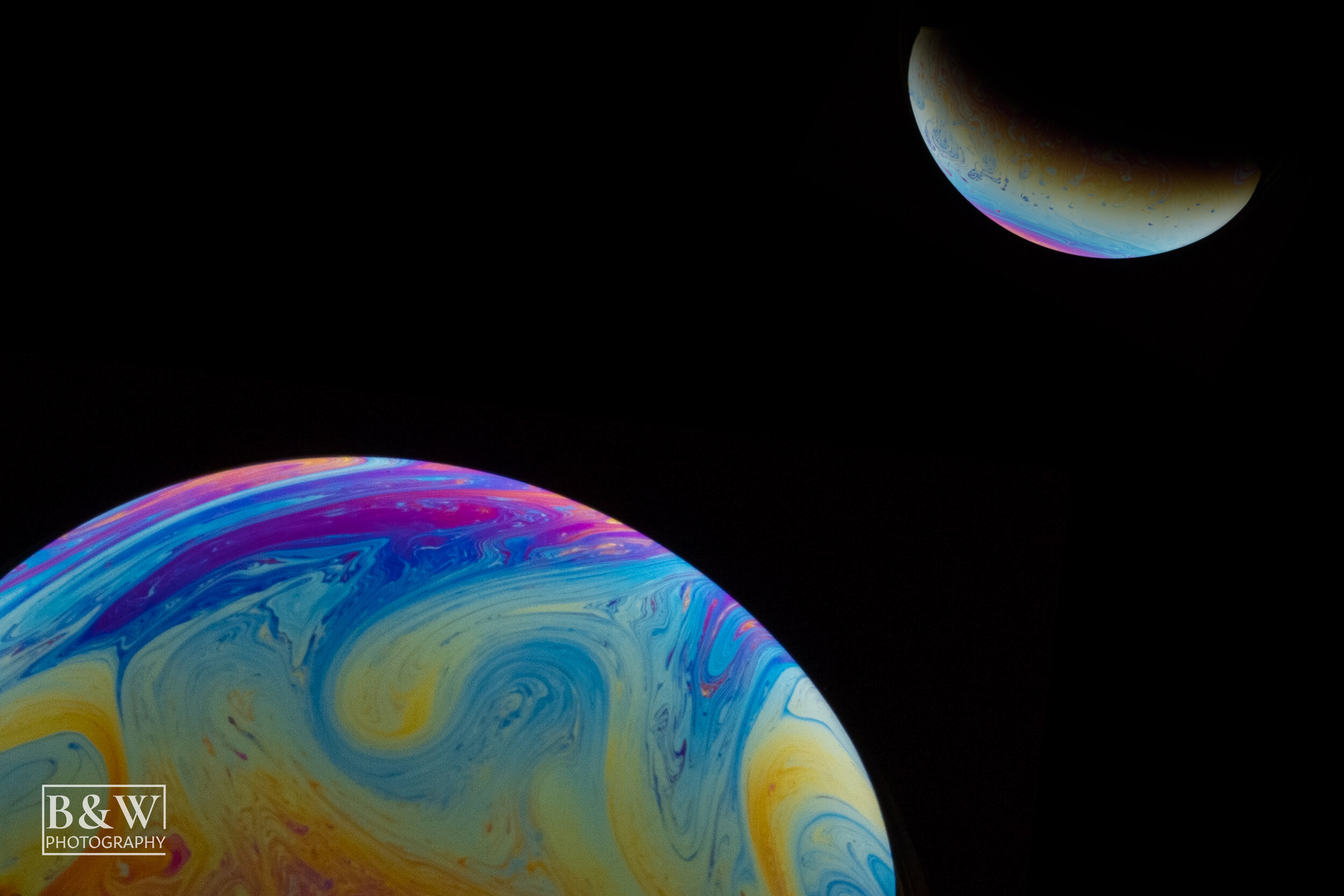Living in my own little world on my colorful planet
Corona has many dark sides and has upset all our lives. Nothing is like it was before. But not everything has been made worse by Corona. There were also things that have been improved by Corona. For example,
Office work can now be done much more often from home, even in small companies
You no longer have to fly halfway around the world for every meeting because we are now used to telephone and video conferences
And last but not least my photography skills have developed in a very different way than usual this year
As a landscape and portrait photographer I usually spend a lot of time out in nature to capture the landscapes and capture them in pictures. Or I take pictures of people in my small photo studio. Both were somewhat slowed down by Corona. The lock-down at the beginning of the year made it difficult to go outside and take pictures of nature. Also meeting people for a photo shooting has not become easier with Corona. So I had to come up with something new and this year I dedicated much more time to the art of photography and tried to capture moments that are hardly visible to our eyes (Speed Photography) or to look for angles that seem very unusual at first sight (Flying Fruits and Colored Screw Nuts).
My Little Planets
Two Colorful planets. Curious how I crated them? Then read the rest of my blog post.
When I first came across these small planets on online platforms, I thought they were drawings. Nevertheless, these pictures fascinated me and I was amazed that I could never see a whole planet. When I read how the small colored planets were photographed, I immediately realized why it would be very difficult to create a complete planet. Even if the surface looks hard, these are extremely sensitive small planets. The visible color is actually only a reflection of light, a light source as big as possible. The light of the 120cm big softbox is reflected in a soap bubble.
The largest possible light source ensures the greatest possible reflection on the soap bubble. Therefore we decided to use the 120cm Octabox.
To create a photo that fills the image as much as possible, you need either a zoom lens or a macro lens. With the macro lens you have to be careful not to create shadows in the reflection. As a pot we have chosen a lens cap, because it is very small and not much liquid has to be used. The liquid consists 3 parts of water and one part of liquid soap. Well, the real problem is that the colored reflection only appears after a few seconds. In the beginning the soap bubble always burst before the beautiful rainbow colors appeared. The solution is glycerine, which you can get either in the supermarket with baking accessories or in a pharmacy/drugstore. Glycerin is relatively cheap and a small amount is already enough for several attempts. It helps to keep the surface stable for a long time, so that the bubble does not burst immediately.
Once the liquid is filled into the lens cap, you can create a bubble with a straw, making sure that you only create one bubble. As soon as the first bubble is created you take the straw a little bit out of the liquid and fill the one bubble with air. Now a little patience is required. Until the rainbow spreads out on the sieve bubble, a few seconds to a minute will pass. Then first the rainbow spreads over the bubble before the colors start to mix.
If you want to add some more movement you can blow very gently through the straw onto the surface. The colors will start to move. But be careful, only very gently, it is still a soap bubble. Now there are no limits to your imagination, try to take some nice photos before the bubble bursts. Blow some air in different directions. Then you just make a new one and everything starts all over again.








